Вавада промокоды сегодня
Начните использовать специальные предложения, которые значительно увеличат ваши шансы на выигрыш. Перейдите к активным акциям и воспользуйтесь уникальными шансами, чтобы повысить свои результаты. Проверьте раздел с актуальными предложениями и выберите те, которые соответствуют вашим интересам. Чем больше предложений вы активируете, тем выше итоговая прибыль. Не упустите возможность улучшить свои способности к игре!
Как найти действующие промокоды на Вавада в 2023 году
Просматривайте специализированные сайты, которые регулярно обновляют информацию о скидках. На таких платформах можно найти актуальные предложения и выгодные условия. Сравнивайте различные площадки для получения наилучших условий.
Подпишитесь на рассылки или уведомления от популярных сообществ, занимающихся поиском специальных предложений. Это поможет быть в курсе новых акций и бонусов, когда они появляются.
Мониторьте социальные сети и форумы. Там часто делятся опытом и советами по использованию актуальных скидок. Участие в обсуждениях может открыть доступ к эксклюзивным предложениям.
Не забывайте проверять тайм-турниры или награды. Участвуйте в конкурсах, где часто раздают скидочные купоны или уникальные условия для новых клиентов.
Обратите внимание на специальные приложения. Установите на свой телефон программы, которые агрегируют предложения и уведомляют о новых акциях.
Этапы активации промокодов и получение бонусов
Чтобы воспользоваться предложениями, следуйте простым шагам:
- Прежде всего, получите код на специальных ресурсах или акционных страницах.
- Перейдите на сайт игрового заведения и создайте аккаунт, если его еще нет. Вход не займет много времени.
- Откройте раздел «Касса» или «Бонусы», где обычно предлагается ввести код.
- Вставьте скопированный код в соответствующее поле.
- Подтвердите активацию и проверьте, добавились ли средства на счет. Иногда бонус может потребовать выполнения ставок.
Не забудьте ознакомиться с условиями для получения. Чтобы изучить доступные игры и воспользоваться преимуществами, загляните на вавада игры на бонусы.
Следуйте этим шагам, и ваши шансы на интересные выигрыши значительно возрастут!
Частые ошибки при использовании промокодов Вавада и как их избежать
Не вводите символы или пробелы перед или после кода. Это может привести к его недействительности. Убедитесь, что вводите код точно, без лишних знаков.
Заранее ознакомьтесь с условиями акции. Некоторые предложения могут требовать минимальной суммы для заказа или ограничения по играм. Чтение правил сэкономит время и предотвратит разочарования.
Проверяйте сроки действия. Часто условия ограничены по времени, и без учета этого ваша попытка может быть напрасной. Знайте, когда заканчивается срок действия, чтобы не упустить возможность.
Корректно выбирайте выбранный сектор. Некоторые коды действуют только на определенные игры или услуги. Убедитесь, что вы применяете код в правильной категории.
Не используйте несколько акций одновременно, если это не разрешено. Обычно, при попытке объединить разные предложения можно потерять право на скидки. Обратите внимание на условия использования.
Иногда коды могут быть одноразовыми. Если вы уже использовали его, стоит искать новый вариант. Следите за актуальными акциями и новыми предложениями.
Храните ваши коды в безопасном месте, чтобы не потерять их. Если срок их истечения близок, лучше сразу попробовать применить их, чтобы избежать просрочки.
Если что-то не работает, не стесняйтесь обращаться в службу поддержки. Они могут помочь разобраться в сложностях и уточнить детали, которые вы могли упустить.


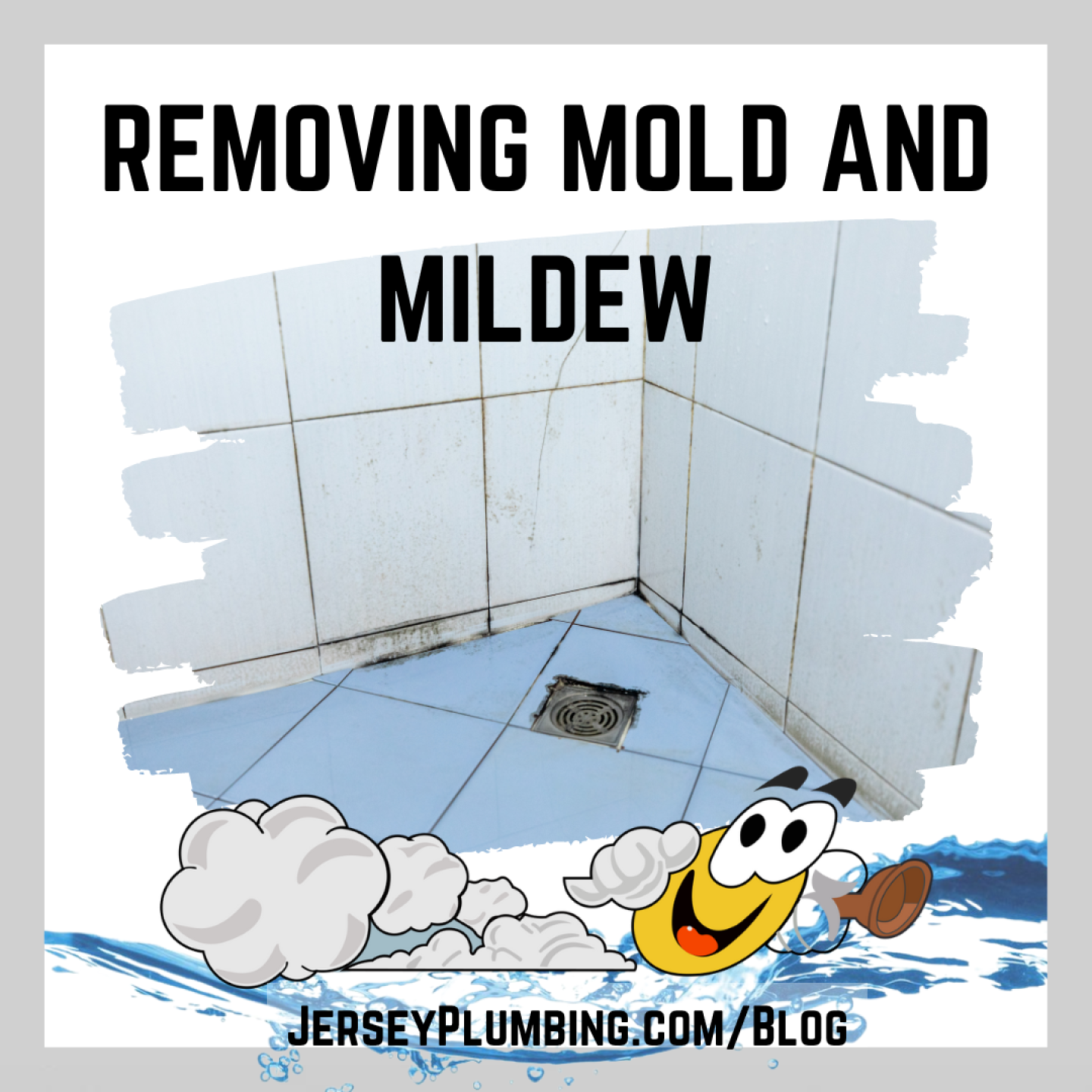
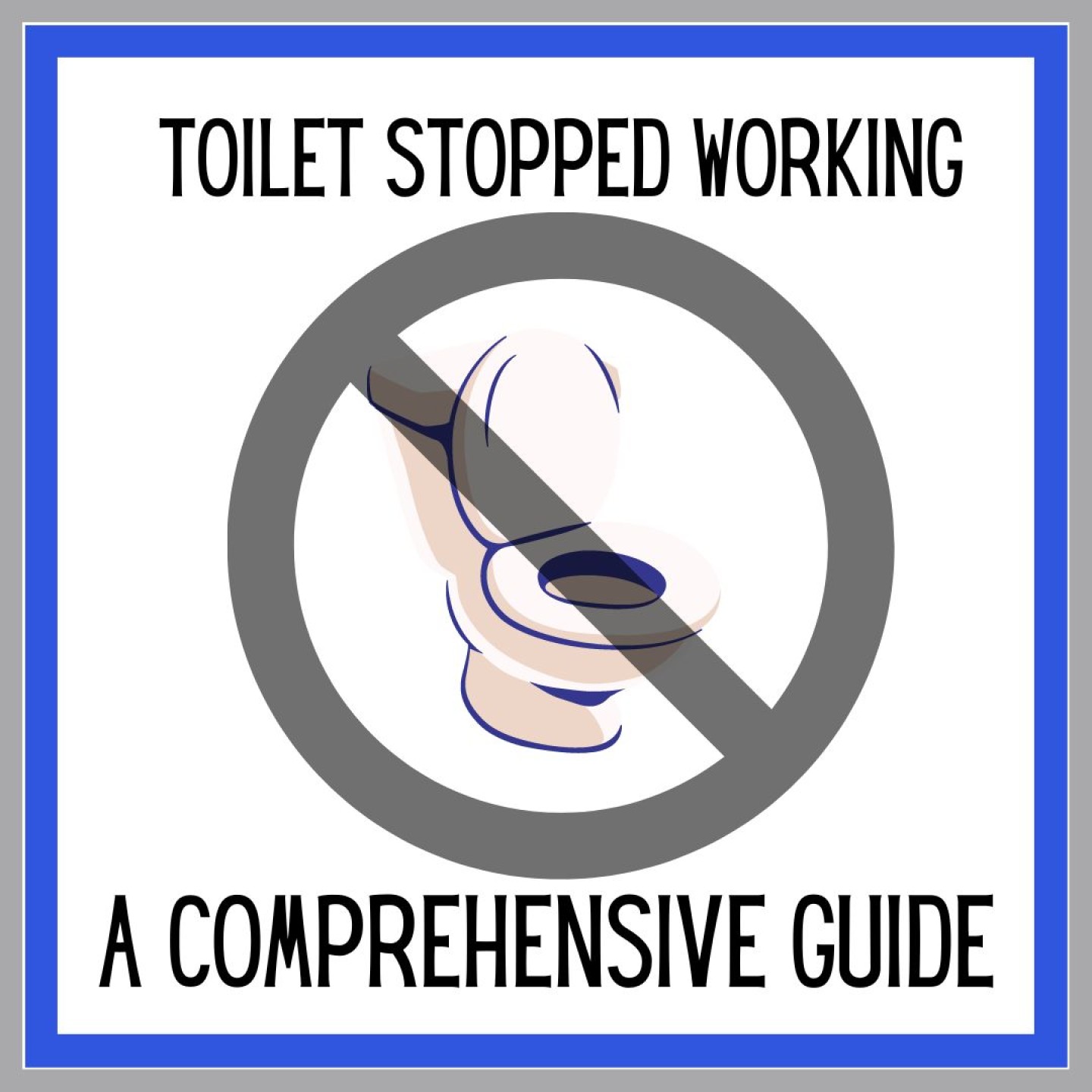
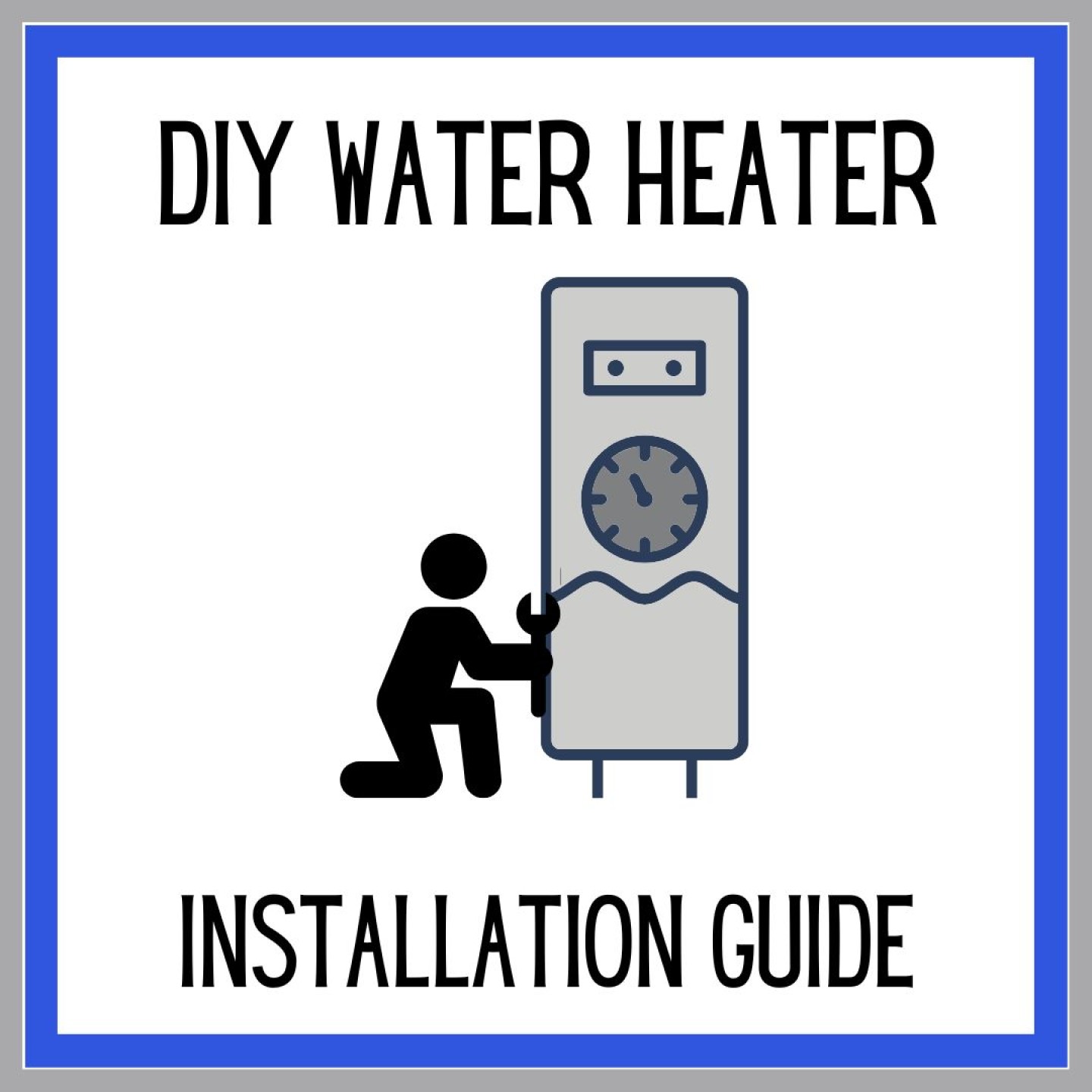

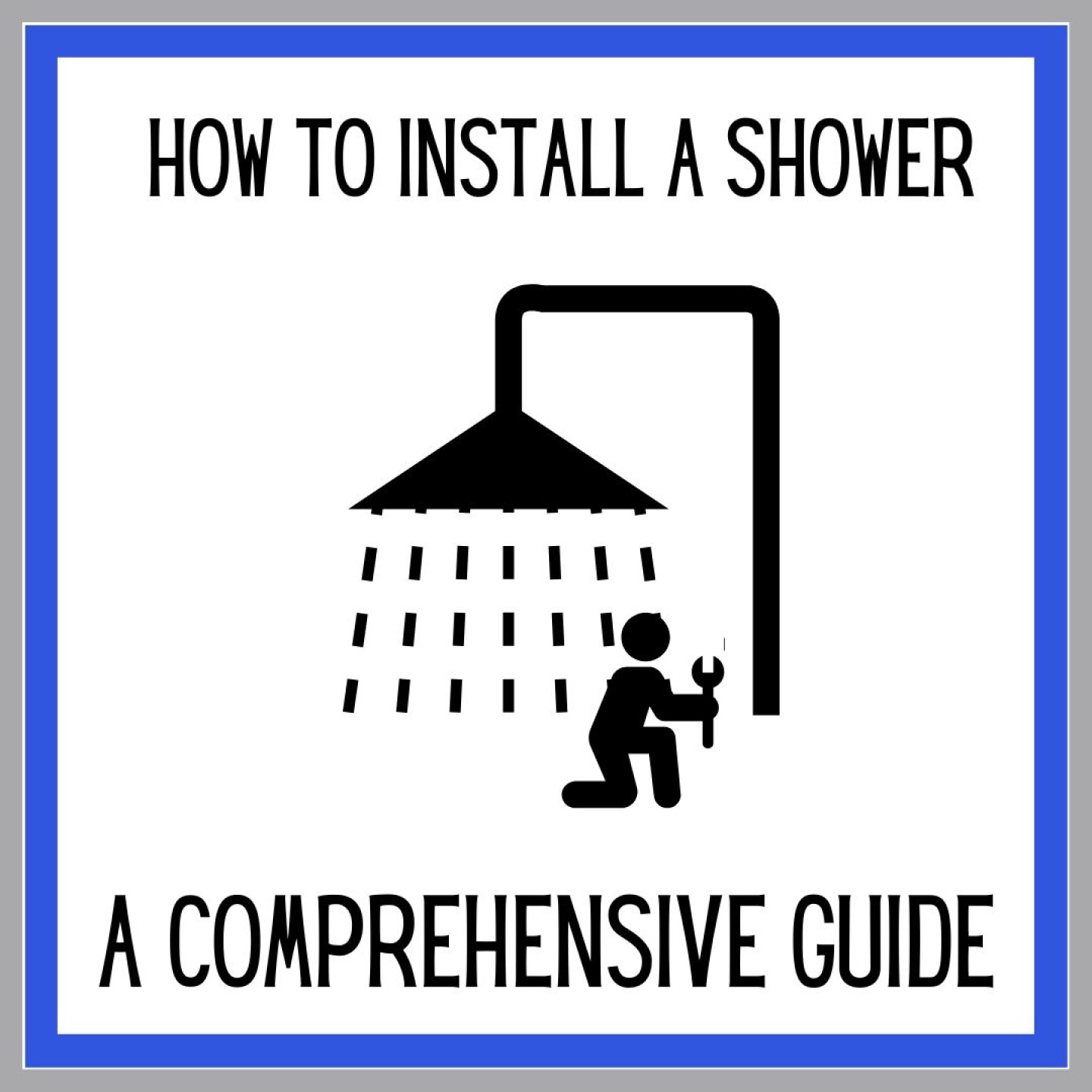
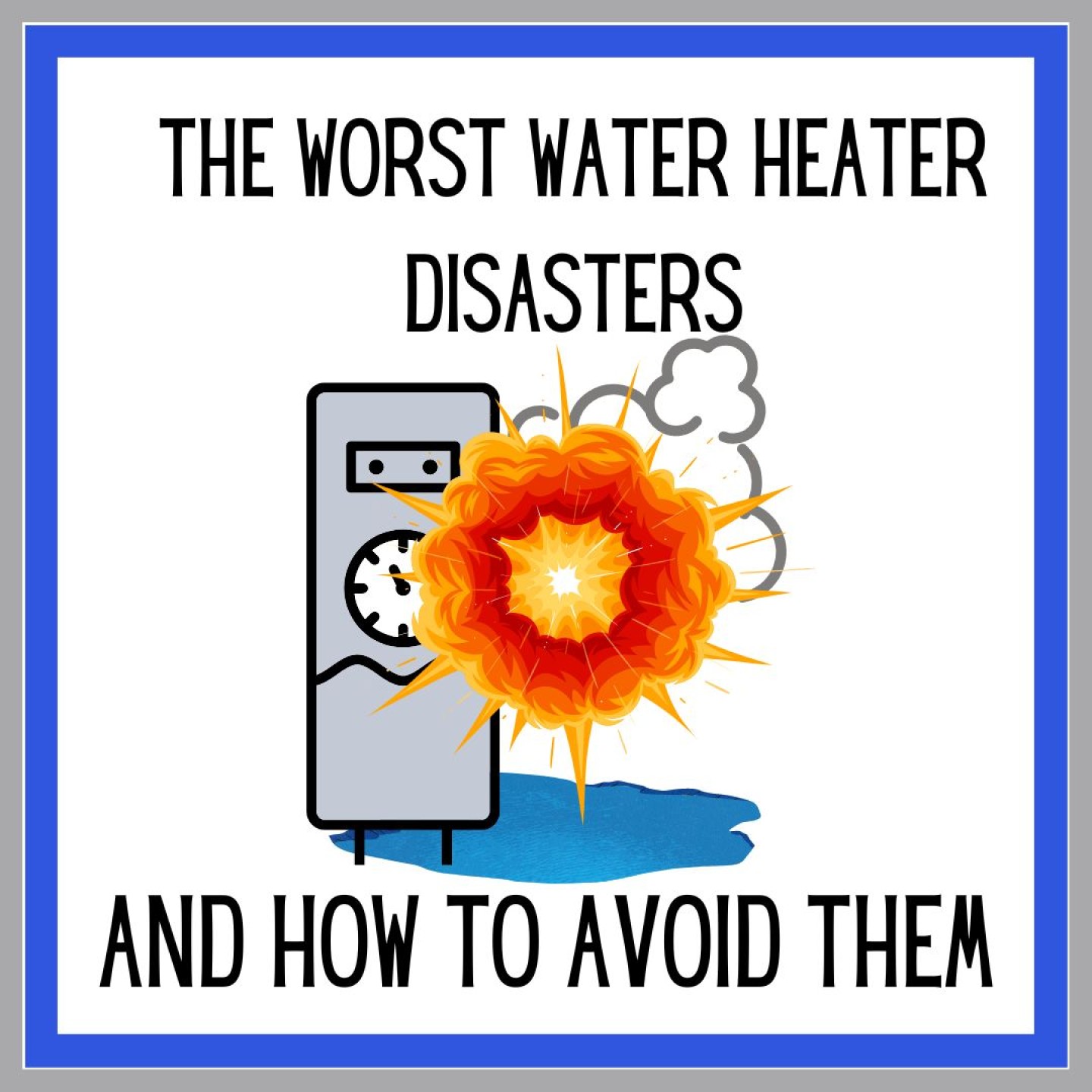

Recent Comments